The Region In Italy That “Doesn’t Exist”
There’s a strange joy in being somewhere almost no other tourist knows about, while the rest of Italy is packed shoulder to shoulder.
Most people know the most famous of Italy's twenty regions: Tuscany, Umbria, and Veneto…and maybe Sardinia or Sicily. (The Amalfi Coast and Capri are in Campania, the Cinque Terre is in Liguria, and Lake Como is in Lombardia, but the regions’ names don’t usually get a shout-out.
Today, I’ve landed in one of the least-known regions of the country: Molise.
The joke “Il Molise non esiste” (“Molise doesn’t exist”) is a long-running, tongue-in-cheek expression in Italy that plays on the region’s extreme obscurity, both geographically and culturally.

This is region number seventeen (out of twenty) for us. Seventeen down, three to go.
The streets were steep, worn smooth by the centuries, winding their way through the old town until we found the palazzo. A 16th-century building I’d discovered online with photos of high painted ceilings, heavy doors, and grand, faded beauty.
We must’ve made enough noise with the suitcase wheels and the dog to announce ourselves, because a window creaked open above and a voice called down: “È Lisa?”
It was the owner. She came down herself, opened the great wooden doors, and led us up the broad staircase to check us in—past painted ceilings over worn terracotta tiles—and showed us where breakfast would be served, inside rooms that oozed history. (The history tour is set for tomorrow morning.)
After a long check-in, with lots of questions about where we came from, how we got our dog all the way from Los Angeles to Italy, and where our journey would take us tomorrow, she handed over the keys, along with a restaurant recommendation for dinner.
Molise is known as Italy’s oldest bell-maker and best knife-fabricator (I go to a Molise knife sharpener in Rome). A little research also reveals that something called “transhumanance” is central to this region’s cultural identity. In late May or early June, shepherds guide their flocks out of the valleys, following grassy trails called tratturi into the high Apennine pastures, where cool air and rugged slopes offer fresh grazing through summer. By late September or October, as the mountain chill returns, the herds make their slow journey back down, retracing routes etched into the land since Roman times. This tradition is so central to Molise’s identity that UNESCO has recognized transhumance as an Intangible Cultural Heritage, honoring it as a living example of sustainable land use and the deep connection between people, animals, and the landscape.
Today we are making our way north from our little apartment situated on a Calabrian beach, which is filling up with noise, humidity, and heat, and tomorrow we are headed back to Rome, to hole up in our thick-walled, well-air-conditioned apartment. Perhaps that’s our modern-day version of transhumanance?

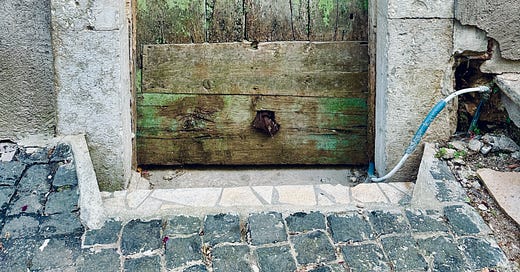




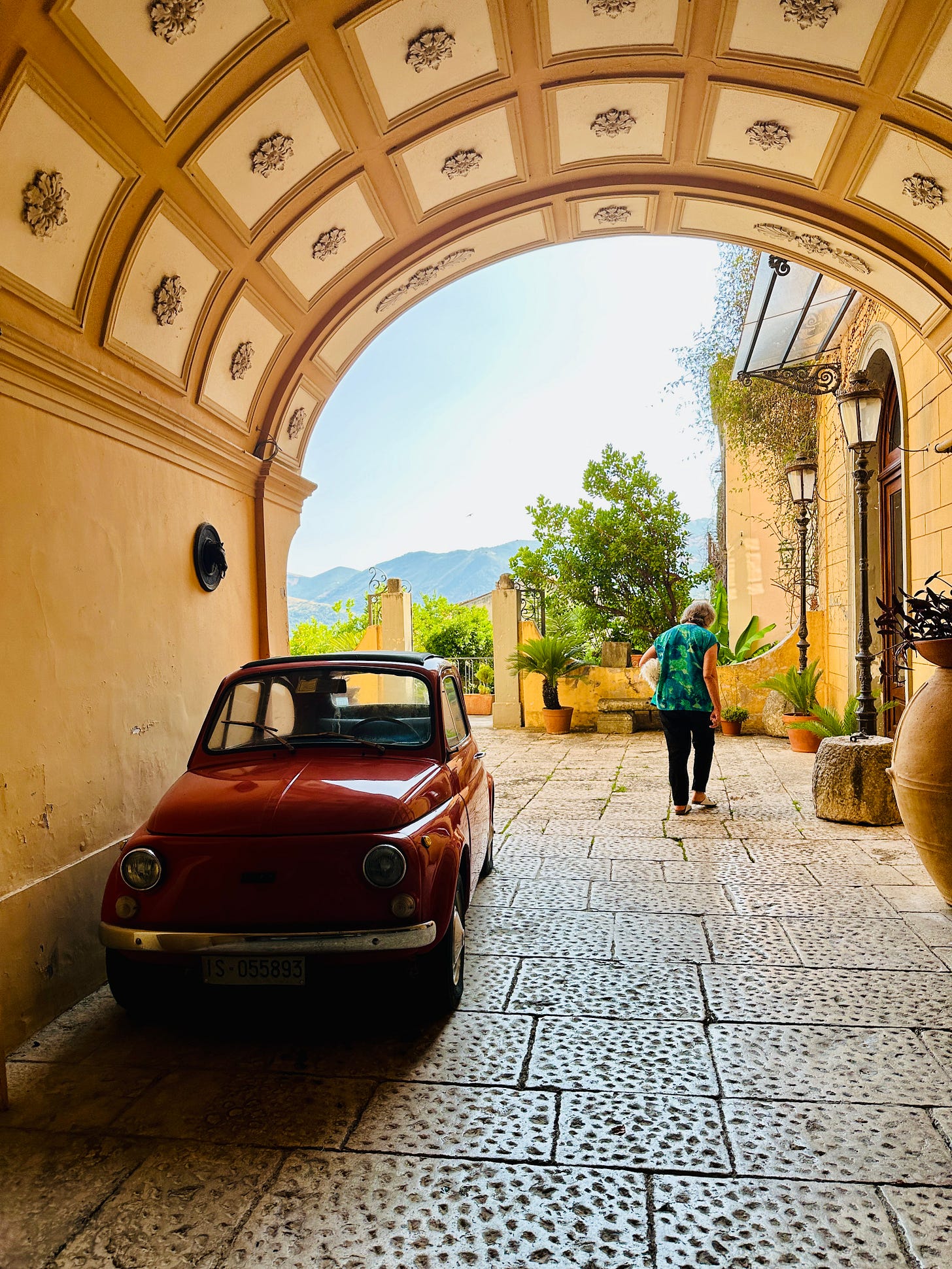
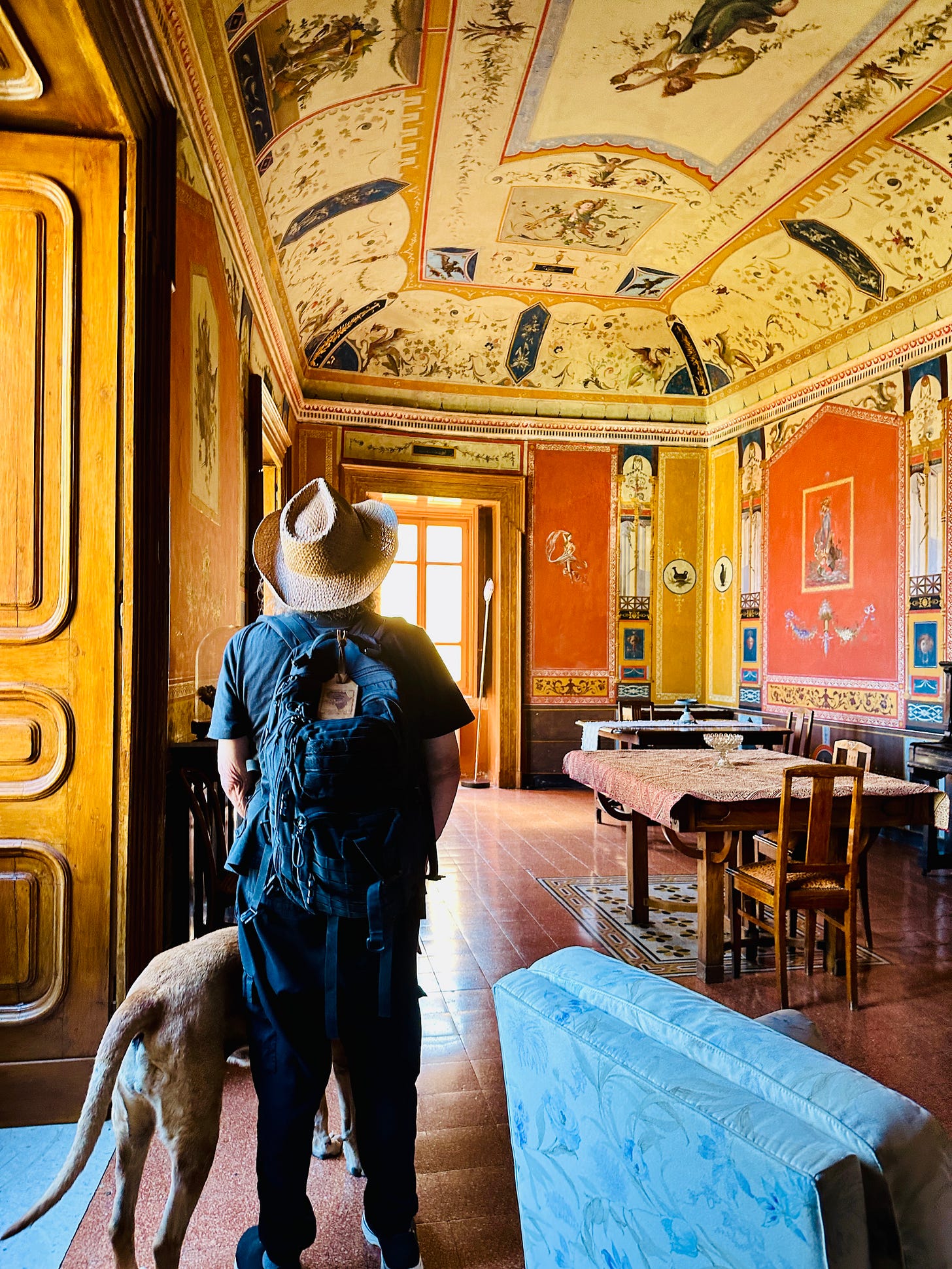
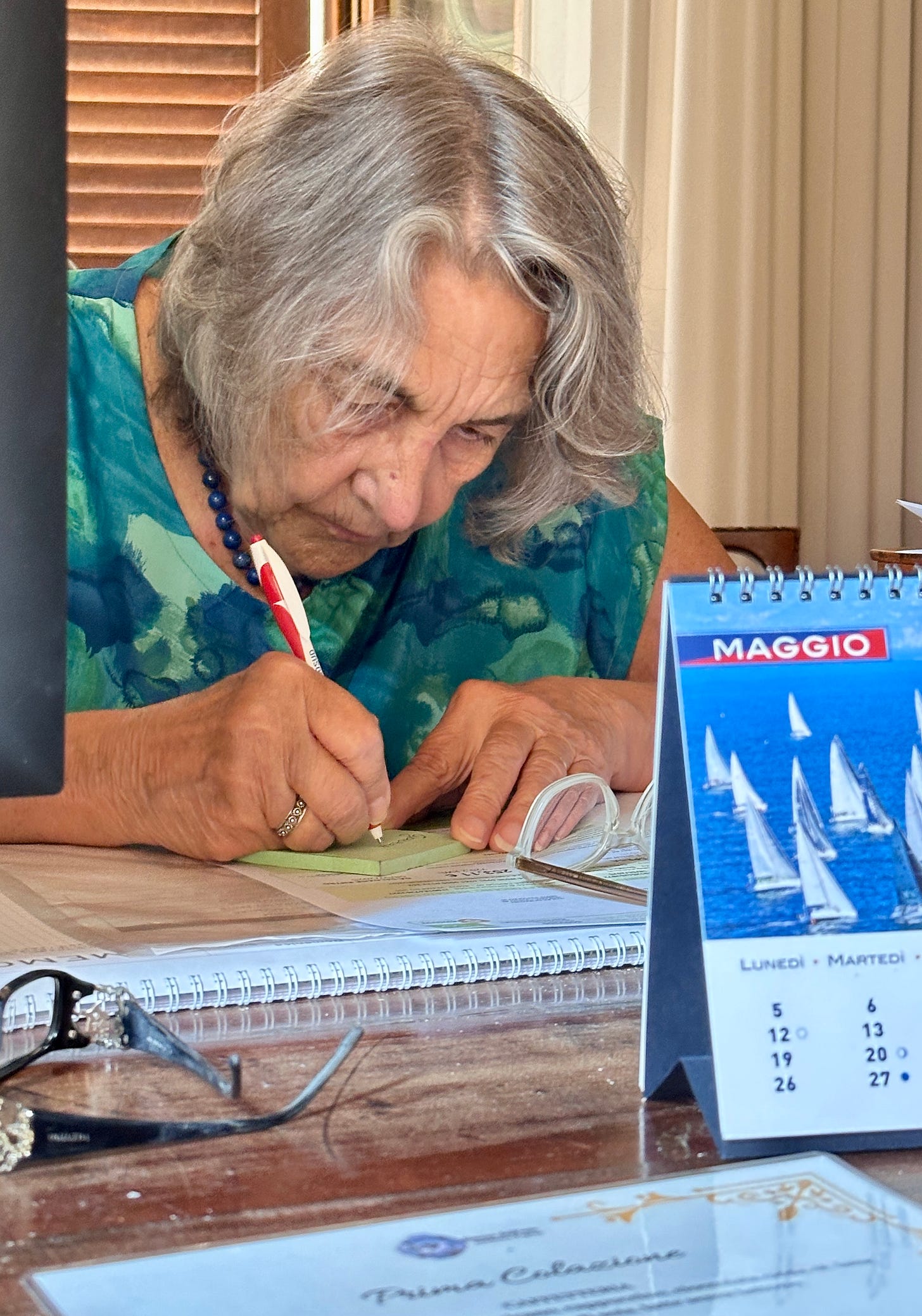
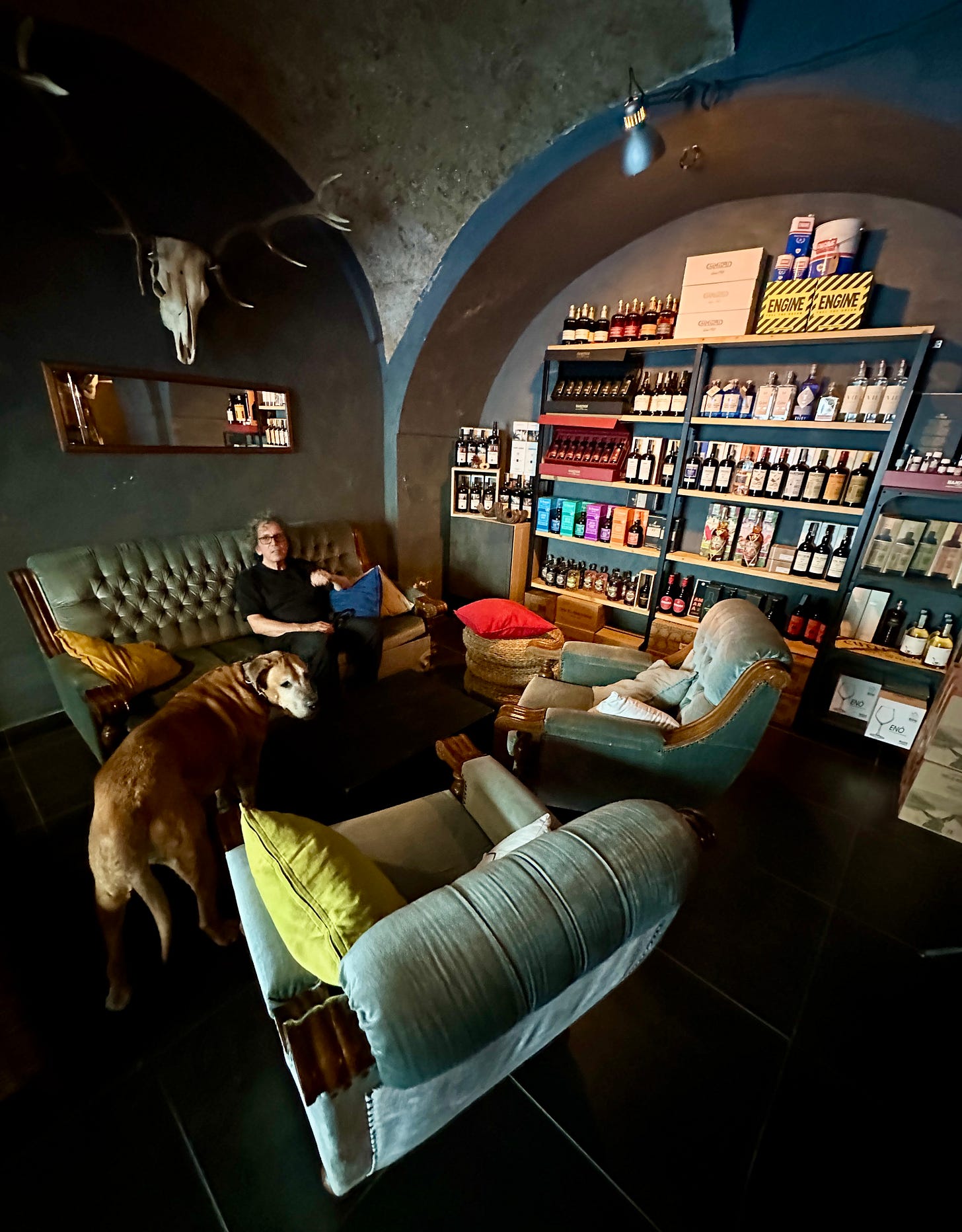
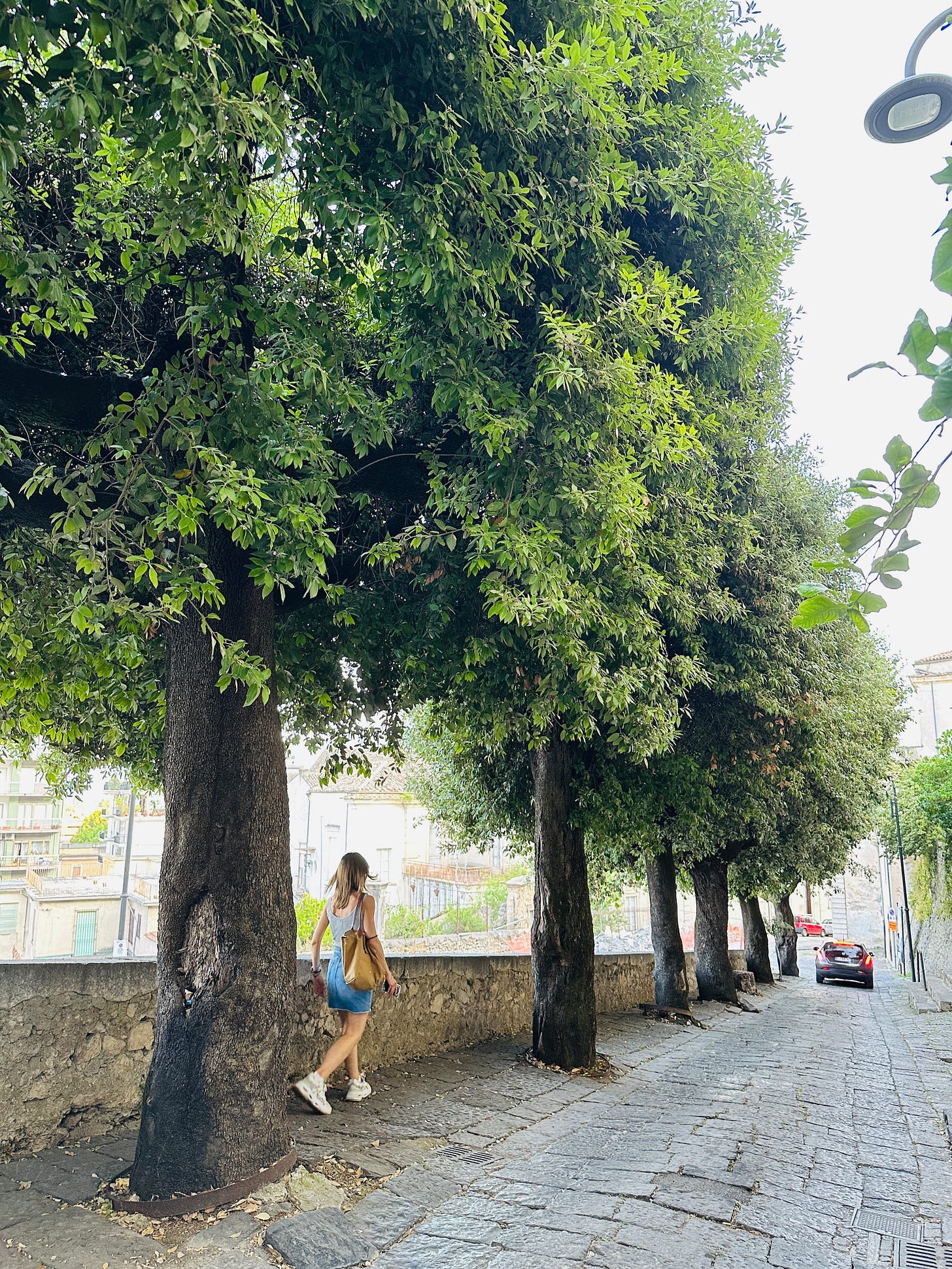
Thanks for the feedback--and I LOVE your name. ;)
Thank you for highlighting the lesser known regions!